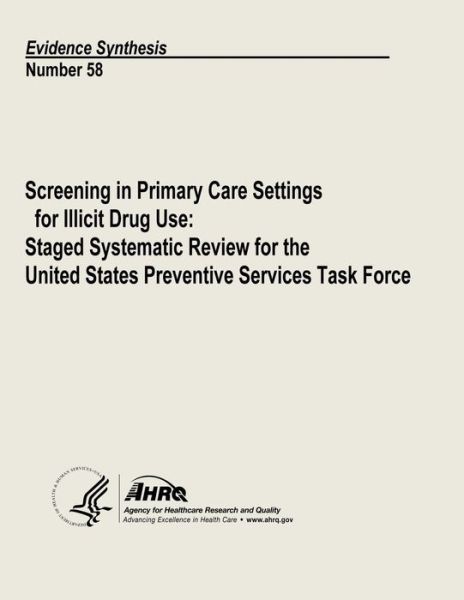
Vertel uw vrienden over dit artikel:
Treatment of Overactive Bladder in Women (Appendices): Evidence Report / Technology Assessment Number 187
U S Department of Heal Human Services
Treatment of Overactive Bladder in Women (Appendices): Evidence Report / Technology Assessment Number 187
U S Department of Heal Human Services
Publisher Marketing: "Treatment of Overactive Bladder in Women: Appendices" (see also "Treatment of Overactive Bladder in Women: Main Report") - At minimum, 11 to 16 million women in the U. S. cope on a daily basis with symptoms that include sudden strong urges to urinate, difficulty delaying voids, frequent trips to the bathroom, and in many cases involuntary loss of urine when urgency strikes. They may wear pads for accidents, plan ahead for access to bathrooms, and modify their social and work lives to accommodate their symptoms. Some are very distressed by the symptoms whether mild or severe, and others find mechanisms to adapt, reporting little trouble with symptoms or interference with normal routines. Others report their symptoms negatively influence quality of life factors as varied as self-esteem, self-assessment of attractiveness, and sexual function. Many women believe that some amount of urinary incontinence is inevitable with aging. The majority of women with these symptoms do not talk with their health care providers concerning their bladder dysfunction, and providers may not systematically inquire. As a result, a small minority receive treatment. Overactive bladder syndrome, referred to as OAB in this report, is formally defined as: urgency, which is the complaint of sudden need to void; with or without urge incontinence, involuntary loss of urine with urgency symptoms; usually with frequency, which is the individual's perception that she voids too often during the day, and is often defined as more than eight voids during waking hours; usually with nocturia, which is awakening from sleep to empty the bladder. Popular wisdom encourages self-management of symptoms of OAB through reduction of fluid intake, cutting back on caffeine, modifying voiding habits, and taking note of what individual factors influence severity of symptoms. For this review, we operationally defined OAB as "idiopathic urinary urgency and frequency with or without associated urge urinary incontinence in adult females, not related to neurogenic conditions or as a result of (stress incontinence) surgery." The report is focused on treatments that are prescribed or provided by a healthcare practitioner and have been formally investigated including: Pharmacologic treatments, including prescription medications, both pills and patches; Surgeries and procedures, such as sacral neuromodulation and botulinum injections; Behavioral interventions, such as behavior modification programs and bladder training; Complementary and alternative medicine, such as acupuncture and reflexology OAB management is usually individualized to address the component symptom(s) that the patient finds most bothersome. Where possible, we have tried to address treatments with respect to the primary component symptoms of OAB: urge urinary incontinence, urgency, and frequency, so that the women, their health care providers, payors, policy-makers, and others have a detailed picture of the expected outcomes of available treatments. In preparing this report, we have answered the following key questions: KQ1. What is the prevalence and incidence of overactive bladder as estimated in representative populations? KQ2. Among women with overactive bladder, what are the short and long-term outcomes of the following treatment approaches, or combinations of treatment approaches? a. Pharmacologic treatments b. Procedural and surgical treatments c. Behavioral and physical therapy treatments d. Complementary and alternative medicine treatments KQ3. Where direct comparisons have been made between or among treatment modalities of interest, which modalities achieve superior outcomes with respect to benefits, short and long-term risks, and quality of life? KQ4. Are the short and long term outcomes of these treatment approaches modified by clinical presentation, physical exam findings, urodynamic findings, menopausal status, age or other factors? KQ5. What are the costs associated with these treatment approaches?
| Media | Boeken Paperback Book (Boek met zachte kaft en gelijmde rug) |
| Vrijgegeven | 8 mei 2013 |
| ISBN13 | 9781484921135 |
| Uitgevers | Createspace |
| Pagina's | 748 |
| Afmetingen | 191 × 235 × 38 mm · 1,26 kg |
Meer door U S Department of Heal Human Services
Bekijk alles van U S Department of Heal Human Services ( bijv. Paperback Book )

 Kerstcadeautjes kunnen tot en met 31 januari worden ingewisseld
Kerstcadeautjes kunnen tot en met 31 januari worden ingewisseld

































